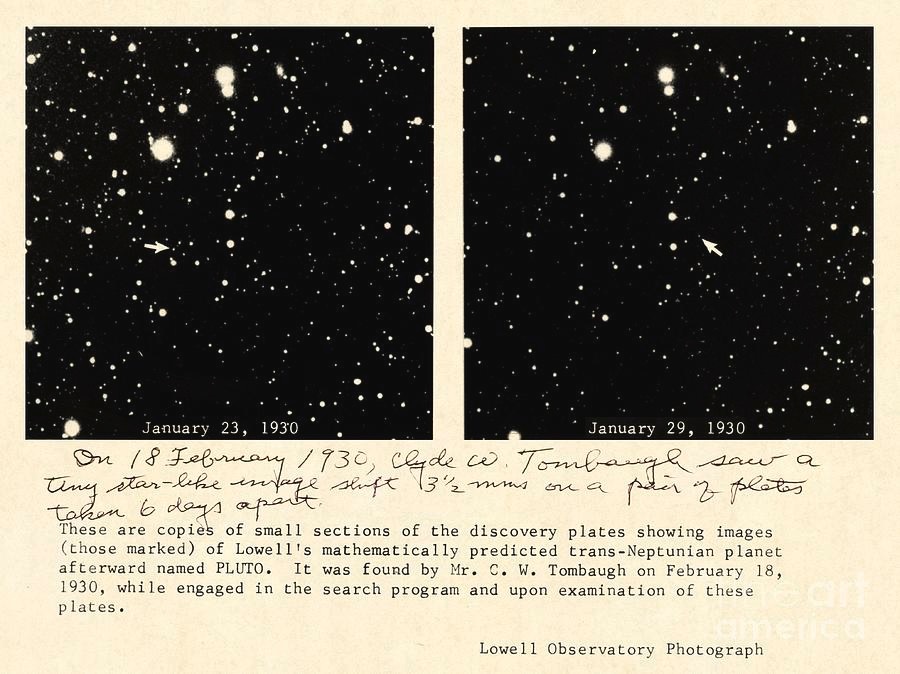WILLIAMS5232 wrote:I laid out Sunday night on my back with binoculars. It was fairly clear, but some feathery high level clouds that would brush by every now and again. I studied Cygnus for a while and just a little past the tail, I spotted what appeared to be an (open)star cluster. I didn't have my book to confirm. Other than that, saw about 50,000 stars. Maybe 100,000.
A) I did make a concerted effort to find Mercury this morning, but it was to NO AVAIL. Mercury is simply now too low in the sky and rises too near sunrise, so even without clouds, the rays of the sun hide mercury from me. Maybe some other time.
B) Maybe these, WILLIAM?
Owing to its position embedded in the centre the summer Milky Way, Cygnus naturally hosts many open clusters, including Messier 29 (NGC 6913) and Messier 39 (NGC 7092).
Let’s start with the latter, M39, which to most observers’ eyes is the superior cluster; it’s certainly the bigger and brighter of the pair, with its 30 or so principal members shining with an integrated magnitude of +4.6 across a sprawling full-Moon-sized 32 arcminutes. Its appearance is somewhat misleading, as M39 is physically one of the closest (800 to 1,000 light years distant) and smallest of Messier’s clusters, with its member stars spread across just nine-light years of space.
Messier 39 is faintly visible with the naked eye as a brighter spot within the rich Milky Way background, lying some nine degrees north-east of Deneb and just under three degrees north of rho (ρ) Cygni. A small telescope at low power will show 30 or so stars in an obvious, triangular shape, but perhaps the best views are to be had through large binoculars.
Messier 29 is easy to spot through a pair of 10 × 50 binoculars as a tight knot of stars lying just under two degrees south-south—east of magnitude +2.2 Sadr (gamma [γ] Cygni). It shines with an integrated magnitude of +6.6 from its estimated membership of 200 plus stars and spans just seven arcminutes on the sky. A small telescope resolves its brightest stars into a pattern that gives it the appearance of a ‘mini Pleiades’ lying in a rich Milky Way field.
Unfortunately, interstellar dust and gas along its line of sight severely blights it, knocking over three magnitudes off its brightness.
https://astronomynow.com/2024/08/26/open-clusters-messier-29-and-39-cygnus-star-cities/#:~:text=Messier%2029%20and%2039%20are,starsC) I doubt that with the "light pollution where I live, Richmond, VA and the East Coast, USA, I could see those star clusters or constellations, M39 and M29.
D) Have you heard about this?
The Vera C. Rubin Observatory, formerly the Large Synoptic Survey Telescope (LSST), is an astronomical observatory in Coquimbo Region, Chile. Its main task is to conduct an astronomical survey of the southern sky every few nights, creating a ten-year time-lapse record, termed the Legacy Survey of Space and Time (also abbreviated LSST).[2][3][4] The observatory is located on the El Peñón peak of Cerro Pachón, a 2,682-meter-high (8,799 ft) mountain in northern Chile...... (....)
Rubin is expected to catalog more than five million asteroids (including ~100,000 near-Earth objects), and image approximately 20 billion galaxies, 17 billion stars, and six million small Solar System bodies.[17]
https://en.wikipedia.org/wiki/Vera_C._Rubin_Observatory






























































































